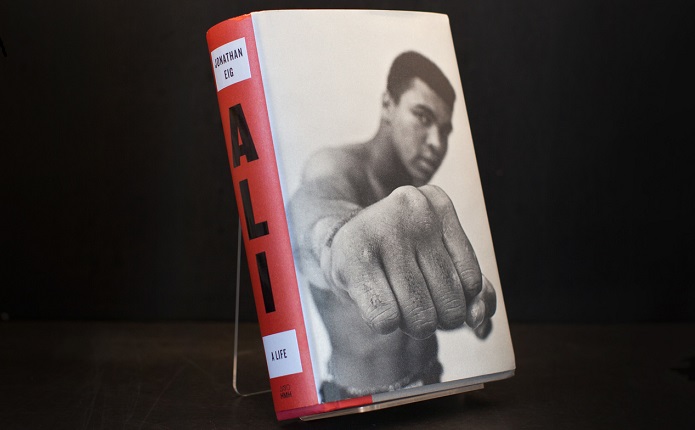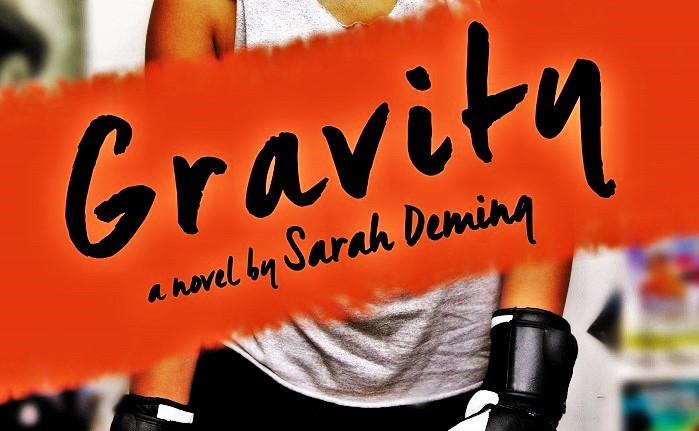An Education At The Fights
In Cut Time: An Education at the Fights, Carlo Rotella expounds deeply on a thesis boxing fans have heard before; namely, that the fight game serves as a splendid vehicle for delivering life-lessons which hold intrinsic value and translate smoothly to the everyday lives of non-fighters. The art of pacing oneself for lasting the distance; mastering a switch of tack when a situation demands a different approach; the importance of accurately assessing an adversary’s strengths and weaknesses; and, predictably but not less importantly, learning to roll with the punches — all count among those profound lessons.

Rotella presents us with a kind of binary memoir: half of it is dedicated to boxing-centered episodes of his life; the other offers personal stories as seen through the prism of the lessons learned from “The Sweet Science.” Therefore, we get to accompany Rotella to see aging legend Larry Holmes train; to Madison Square Garden to watch Naseem Hamed do what he did best; to the Washington D.C. Hilton for a black-tie gala featuring Hector “Macho” Camacho in the twilight of his career. Big fights, club fights, sparring matches and bar brawls, all make appearances on these pages, all described in clear prose and all made compelling.
The stories, characters, events and venues encountered in Cut Time present us with the opportunity to learn something. This is only natural, since boxing is almost by definition an abstract representation of life itself. As they struggle to maximize the impact of their strengths and minimize the adverse effects of their liabilities, those who actively partake in the rituals of “The Sweet Science” are simultaneously offering synthesized and condensed lessons in good-living. The rewards of discipline, courage, intelligence, persistence and self-knowledge are to be found in the ring, while the misfortunes brought about by laziness, obliviousness, lack of preparation and even—inevitably—bad luck, lurk around all four corners as well.

Nevertheless, the strongest asset of the book is not its school-like approach to boxing, but instead the rich storytelling liberally peppered throughout. Rotella is a connoisseur of boxing, an avid watcher of films of ancient fights and ardent reader of the history of the sport. He’s also a witty observer of human nature and has a keen ear for insightful quotes. Often, these factors compound to make his accounts sharp and witty, as in his description of Naseem Hamed’s style as he approached the ring for his appointment with contender Kevin Kelley:
“Those crowd-pleasing KO’s were understood to validate the shabbier elements of his showmanship: the vaguely embarrassing dance he performed during his ring walks, like a miniature Chippendale trained in European discos; the will-he-or-won’t-he buildup before he performed the front flip over the ropes with which he entered the ring; the postfight rhapsodies about the wonderfully marketable power with which Allah had infused him, the incomparable Naz.”
A couple of highlights of Rotella’s book involve former heavyweight champion Larry Holmes, who lived and worked in Easton, PA during the waning years of his protracted career and at the same time as when the author taught at that town’s Lafayette College. As Rotella struggled to help one of his college students make sense of his failing pugilistic efforts, the author is lectured by Holmes himself, as the champion states his business-first approach to the sport and accentuates the importance of making your passion pay for itself. Still, perhaps the champion goes too far in stating his real priority when he says to Rotella, “Why should Joe Frazier be mad at Muhammad Ali? Every time he fought him, he made five million dollars. That’s fifteen million dollars. If you give me fifteen million dollars, I’ll kiss your ass in Centre Square.”

There are also many touching episodes in Cut Time that arrive in vignettes featuring fights between unknowns. The undying existence of mismatches and the complexity inherent in assessing them is underlined by the author’s recollection of a confrontation outside a rowdy bar between three frat goons and a local tough guy done wrong. There is also the tale of a perennial contender whose wish to transcend his underdog status leads him to an unlikely victory over a local favourite, only to succumb to his father’s well-intentioned but mercilessly tough matchmaking. Though many battles appear to be mismatches on paper, every once in a while there will come a surprising twist that temporarily and abruptly alters our expectations, and the writer is the first to acknowledge this:
“More than one fighter has come back to win after his blood, sprinkled on my notes and shirt, has made me wish the referee would step in and save him. When that happens I feel a would-be meddler’s guilt: had the bout been stopped when I wanted it stopped, he would have to cope not only with hurt but also with the defeat I wished on him.”
Cut Time is a more than recommended read thanks to the quality of the author’s prose and the value of the boxing stories it contains. Rotella has lived around boxers, trainers, gyms and rings long enough to gain unique insight into the fight game, insight that fosters a touch of near-expertise in his accounts, without giving in to grandiloquence. It’s a book not just for aficionados, but for everyone with even a passing interest in the hurt business. –Rafael García






